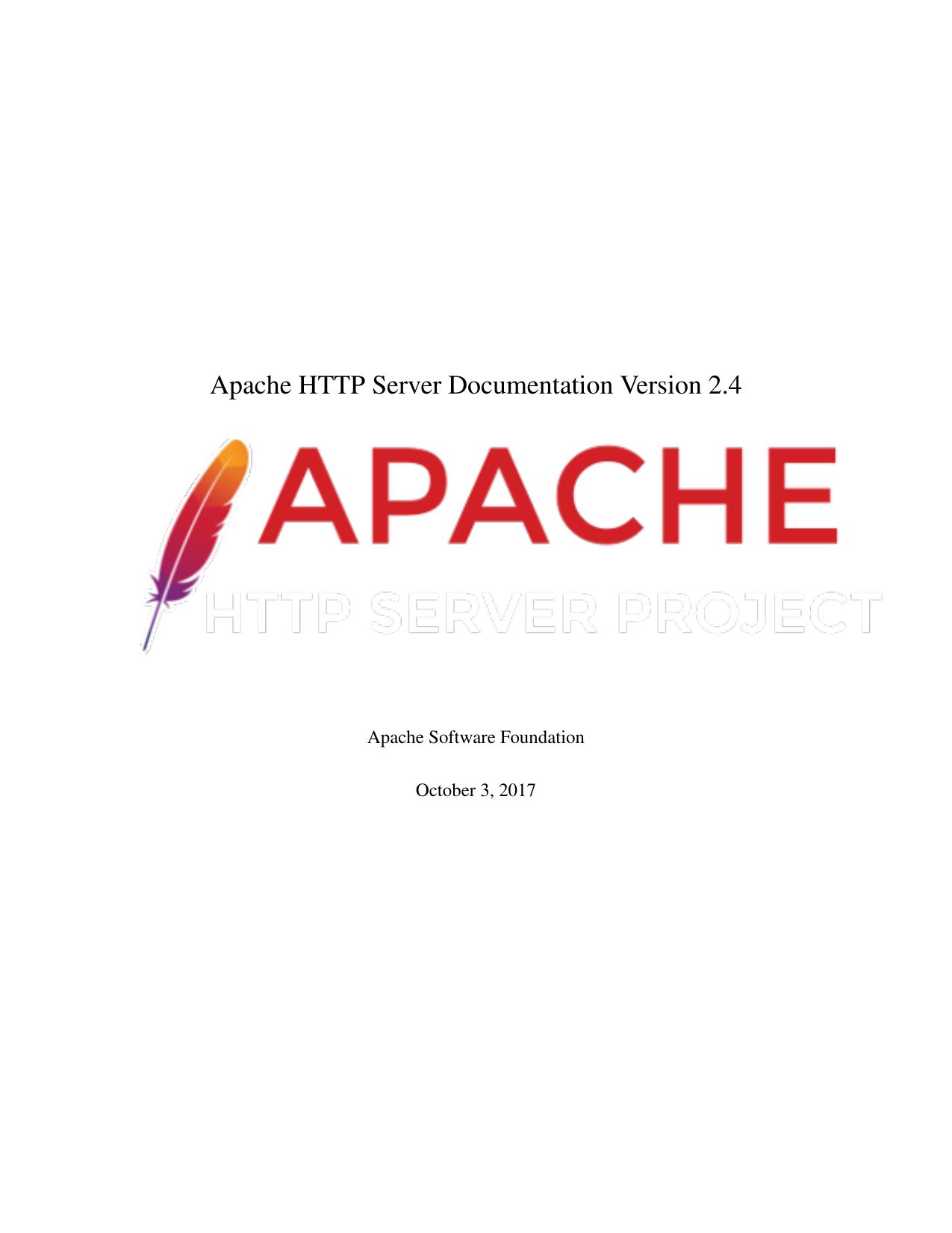

Eating food replenishes both hunger and saturation levels (see Food level and saturation level restoration for specific values), with the hunger level being replenished first, which also increases the maximum allowed saturation level. When the saturation level is at zero, once the exhaustion value reaches 4, the total hunger value is decreased by one hunger point.

Īs a visible sign that the saturation is used up, the hunger bar starts to shake or jitter periodically. The above variables can be queried in-game with the following command: / data get entity . When it reaches the maximum value of 4, it resets to zero and one point is subtracted from foodSaturationLevel. Its value is increased by the player's actions (see Exhaustion level increase for specific values). foodExhaustionLevel: The player's current exhaustion level, which determines how fast the saturation level depletes.
#Code chicken core 2.4.0 full
If the player has a full 20 ( × 10), 1⁄ 6 of 1 times the player's saturation level is restored, up to a maximum of 1, when foodTickTimer reaches 10 ( 1⁄ 2 second), and foodTickTimer is reset to zero. It increases on every tick, and whenever it reaches 80 (4 seconds), it resets to zero and 1 is added or deducted, depending on whether the player is saturated or starving.
foodTickTimer: This variable is used when the hunger value either exceeds 17 ( ), or is at zero. Its initial value on world creation or respawn is 5. Its maximum value always equals foodLevel 's value and decreases with the hunger level. foodSaturationLevel: The player's current saturation level, which determines how fast the hunger level depletes and is controlled by the kinds of food the player has eaten. Its initial value on world creation or respawn is 20 (full bar). foodLevel: The player's current hunger level, shown on the hunger bar. The hunger system utilizes four variables to control players' abilities, the values of which are stored in the player.dat format: A husk can also give the player hunger upon being attacked by one. These foods are pufferfish, raw chicken (30% chance), and rotten flesh (80% chance). How exactly they control the overall hunger value is described in more depth in the Mechanics section.Ĭertain foods have a chance of inflicting the Hunger effect on the player upon consumption, causing the player's food bar to deplete faster and turn a yellow-green color ( ). There is also a food exhaustion value that controls the decreasing of the food saturation level. It depends on what the player has eaten last. The hunger value does not drain on Peaceful difficulty and regenerates if it is not at the maximum value.Īn important aspect of hunger not shown on the hunger bar is called food saturation and controls the decreasing of the hunger value. The specific effects are described in the Effects of hunger section. If the hunger bar is at zero, the player's health depletes. If it falls to 6 ( ), the player loses the ability to sprint. When hunger is at 18 ( ), the player's health regenerates. Various levels of player's hunger control health regeneration (or depletion) and the ability to sprint. 

It is replenished by eating food, and decreased by player's actions such as sprinting, digging or attacking. One half of a drumstick ( ) represents one hunger point or half-unit of hunger, thus the full bar consists of twenty hunger points. The player's hunger value is shown on the heads-up display in the form of a hunger bar (or food bar), which is similar to the health bar (located above the hotbar), located opposite to it and represented by ten drumsticks ( × 10). 2.3 Food level and saturation level restoration.








 0 kommentar(er)
0 kommentar(er)
